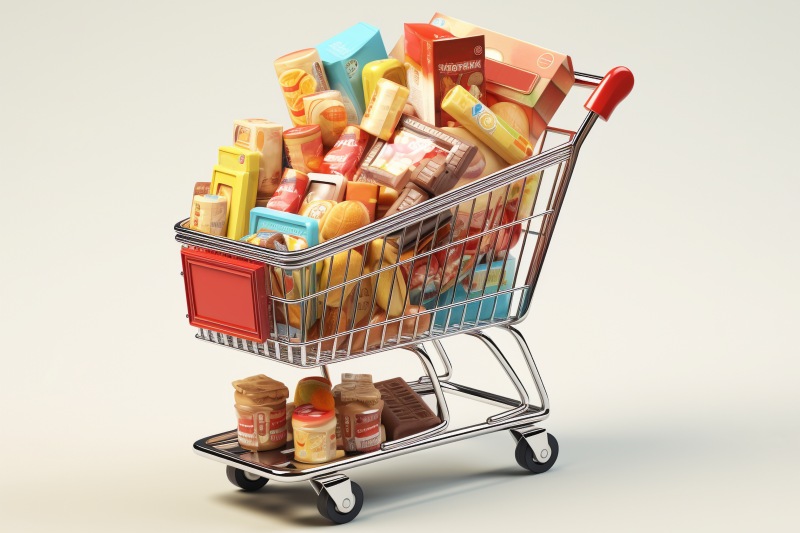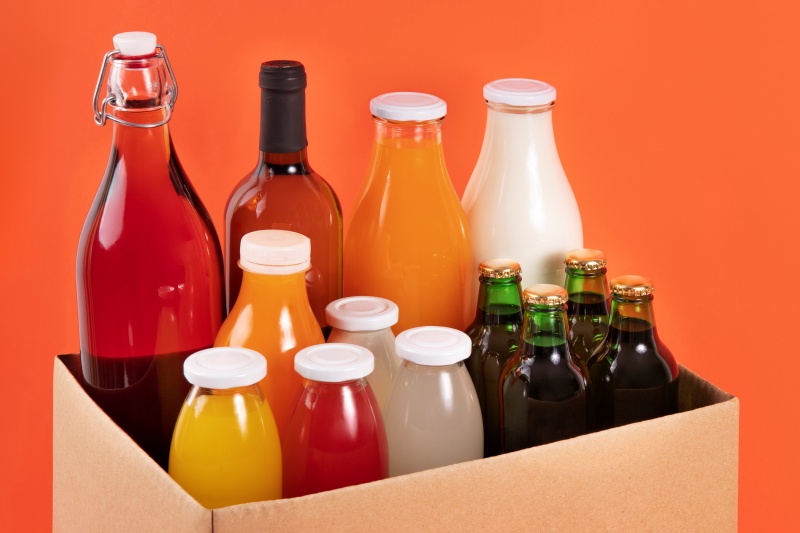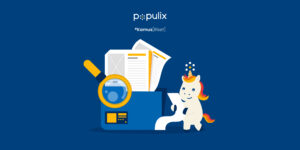Product testing is one of the most essential steps FMCG brands must take before launching a new product in the Southeast Asian (SEA) market.
With a region as culturally diverse and fast-moving as SEA, consumer preferences vary widely across Indonesia, Malaysia, Singapore, Thailand, Vietnam, and the Philippines.
In this dynamic environment, product testing ensures your concept, flavor, packaging, and pricing align with real consumer expectations, long before you commit to large-scale production and marketing investments.
Related article: Consumer Behavior Insights for FMCG Brands Innovating in SEA
Why Product Testing Matters for FMCG Businesses in Southeast Asia?

Southeast Asia’s consumer market is incredibly diverse. A flavor profile adored in Indonesia may fall flat in Singapore. Packaging colors that resonate in Thailand may not appeal to consumers in Vietnam.
Since the FMCG category moves quickly and margins are tight, launching a product that fails to connect can be costly.
This is where product testing plays a critical role. It helps brands understand actual consumer reactions before making significant investments in production, distribution, and marketing.
Below are the key reasons why product testing is crucial!
1. Minimizes the Risk of Market Failure
Launching a new FMCG product without proper validation is a gamble. Even established brands occasionally misjudge consumer needs. Product testing serves as a safety net by showing how people truly perceive your idea, not how your internal team hopes they will react.
Through pre-launch testing, brands can answer questions like:
- Do consumers understand what the product is for?
- Is the taste, scent, or texture acceptable?
- Does the packaging look premium, affordable, or unclear?
- Does the price feel reasonable for the target market?
- Would consumers consider switching to a different brand?
If consumers respond negatively during product testing, brands can revise their formulation, messaging, or pricing before mass production begins. This protects your investment and prevents expensive rebranding or withdrawals later.
2. Helps Business Adapt to Cultural and Regional Differences
SEA is a region where cultural nuances deeply influence buying behavior. Consumers in Indonesia may prefer stronger flavors, while those in Singapore might gravitate toward healthier and more transparent label products. Thai consumers often appreciate bold packaging, while Malaysians may prefer minimalistic designs.
The product test will allow FMCG companies to tailor products for each market by identifying:
- Local taste preferences
- Scent profiles that resonate
- Packaging colors associated with specific emotions
- Cultural taboos or sensitivities
- Consumer expectations for portion size
- Price elasticity based on demographic differences
When you understand these differences early, you can customize your product to maximize acceptance and brand loyalty from the outset.
3. Product Testing Validates Packaging, Claims, and Messaging
In FMCG marketing, packaging acts as your “silent salesperson.” In SEA’s competitive supermarket and e-commerce shelves, you often have only a few seconds to catch a consumer’s attention.
By conducting a product test, brands can evaluate:
- Which packaging design stands out
- Whether the claims or key messages are clear
- If consumers find the brand positioning attractive
- Whether the packaging aligns with local norms and expectations
- How consumers interpret colors, typography, and visual cues
Testing multiple design concepts also helps identify which version effectively communicates value and purpose. This ensures your product is not only visually appealing but also communicates the right message.
4. Product Testing Helps Determine the Right Price Point
Pricing can make or break an FMCG product, especially in price-sensitive markets like Indonesia. SEA consumers tend to compare options quickly, especially in categories where brand switching is common.
Product testing helps determine:
- The optimal price point consumers are willing to pay
- Whether the product feels too cheap or too premium
- How pricing compares to competitors
- How much value consumers believe the product offers
These insights enable brands to develop pricing strategies based on actual consumer perceptions, not internal assumptions.
5. Improves Product Quality and Consumer Satisfaction
Feedback from real users helps brands refine:
- Flavor intensity
- Sweetness or saltiness levels
- Texture or consistency
- Fragrance strength
- Ingredient list or claims
- Product format (spray, bottle, sachet, etc.)
Continuous refinement improves perceived product quality, leading to stronger customer satisfaction and repeat purchases.
6. Accelerates Innovation with Real Consumer Insights
Rather than relying solely on intuition, product testing gives innovation teams confidence to move forward. You can validate concepts quickly, shorten your development cycle, and introduce products that genuinely meet market needs.
For FMCG brands looking to scale across SEA, insights from product testing become the backbone of successful innovation.
How SEA Brands Use Product Testing to Win in Competitive Markets?

Successful FMCG companies in Southeast Asia use product testing to:
- Localize global product concepts
- Identify emerging consumer trends faster
- Beat competitors by launching better-quality products
- Build stronger emotional connections with consumers
- Reduce risk in new market entries
- Improve retail performance and shelf visibility
Product testing ensures every major decision, from flavor to packaging to pricing, is backed by real data, not guesswork.
Populix as a Smart Partner for Product Testing in SEA
Market Research Populix helps you validate ideas, packaging, and pricing through consumer research. As a research platform in Southeast Asia, Populix enables brands to conduct product testing efficiently across different countries and demographics.
With Market Research Populix, FMCG companies can:
- Test product concepts with real SEA consumers
- Compare packaging designs using online visual tests
- Measure willingness to pay and optimal pricing
- Get rapid feedback on flavors, scents, and product attributes
- Access diverse respondent pools for targeted testing
- Understand consumer sentiment toward innovations
Whether you’re launching locally or across multiple SEA markets, Market Research Populix offers accurate insights to guide your product development and marketing strategy.
Product testing supported by reliable research platforms, such as Populix, will empower your brand to create products that truly resonate with SEA consumers. Contact Us now to get started!

Related article: Product Launch in SEA: Win the Market with the Right Insight

 IDN
IDN
 ENG
ENG 


